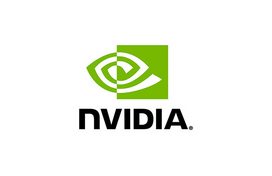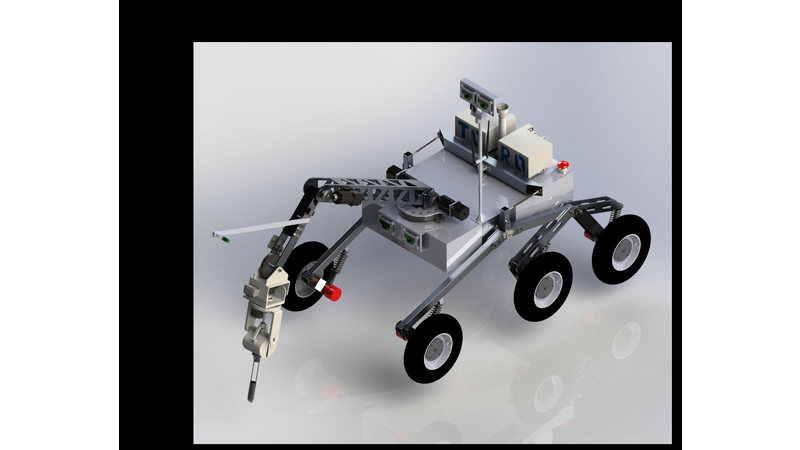Team D.I.A.N.A. in November 2015 decided to begin to work
on a new long-term project named T0-R0. The project consists
in the development of the T0-R0 Mars Rover prototype for the
astronauts assistance in a future manned mission to Mars. More
specifically the rover is being developed for the participation to
the various universities rover competitions, which are becoming
more and more popular and prestigious during the years. These
kind of competitions have the objective to encourage the research
for new innovative low cost solution for these kind of future Mars
rovers. The Teams primary short-term objective is to produce
the very first version of the rover for the participation to the
European Rover Challenge 2018 edition. This first prototype will
also be developed with the intention to build a starting point for
improvements for the future versions of the rover.
The various competitions of the Rover Challenge Series, though
non identical, are similar for some aspects: first of all the kind
of tasks the rovers must be able to complete and the weight and
budget constrains. In fact, it is required the development of a
remotely controlled robot, capable of moving on a similar Mars
terrain, which can do various kind of operations: from the collec-
tions of terrain samples, for scientific research, to the capability
of executing extra vehicular maintenance on the various kind of
electric and/or hydraulic systems, together with the ability of col-
lecting, moving and delivering various kind of objects. Also the
rover must take photos, scientific measurements and if it presents
a certain level of automation will be acknowledged, adding points
to the final mark.
As already stated in the proposal document, the design of the
first version of the rover is going to present some ready know
technical solutions trying to represent the “state of the art” of
space exploration rovers. The use of standard “off the shelf”
components is almost obligatory in order to reduce the total cost
of the rover. While as for the weight all the subsystems must try
to stay as light as possible to remain into 50kg max weight of the
rover.
Because the first goal is going to be the ERC 2018 competition,
the requirements will be primarily identified on the rules of that
competition. Being this the first time that the team is going to
build this kind of rover, the project design will be concentrated
on the search for solutions capable of satisfying, first of all, the
primary tasks, which are essential for the participation in the
competition.
For more details see the pdf file.



Comments (0)